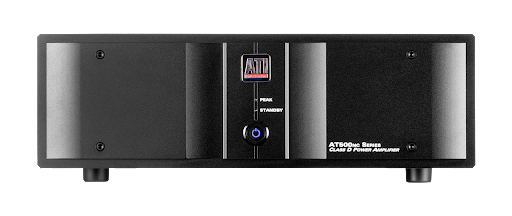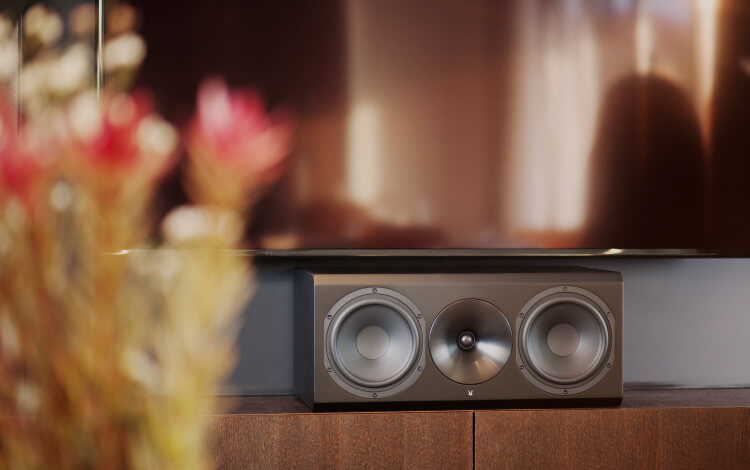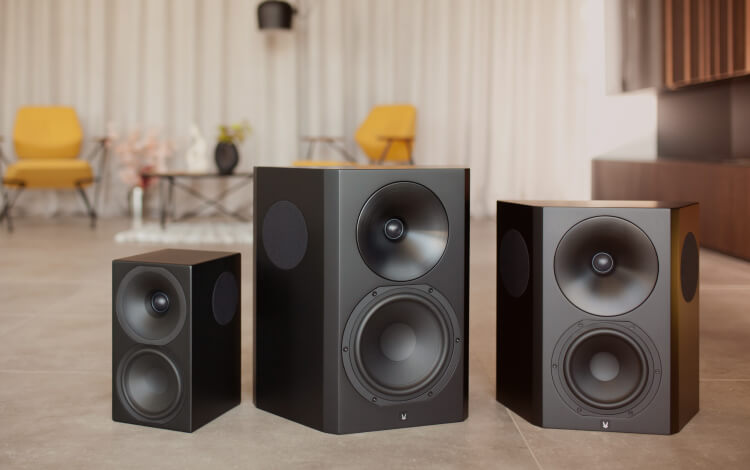How Much Amplifier Power Do I Really Need?
Amplifier power is a common concern. If your amp “only” has 160 watts per channel but your tower is rated for 500 watts, we can see why you might reach out. Our speakers are designed to handle serious power, but how much do they actually need for normal usage? Let’s find out.
Don’t Worry, Be Happy
Believe it or not, you really don’t need to stress too much about driving your speakers to their full potential. This is because doing so will likely damage your ears! As always it comes down to a few deciding factors:
- The efficiency of the speaker, e.g. our 1723 Tower THX needs only 1 Watt to reach 92dB in 1 meter.
- The distance to the speaker. The farther away you sit, the more power you will need.
- The room. On one hand, an overdamped room will need more energy, on the other hand, a lively room will need less energy for higher volumes.
- The volumes you want to achieve.
- The content you are playing, home cinema / deep bass / dynamic music is more demanding.
Quality Over Quantity
In everyday listening scenarios, the speaker only takes as much power as it needs in the given moment. That means most of the time it is in the 1-10 watt range, which is already pretty loud. The power rating on speakers is more like a stress test and has no objective value in real life. We found that a good amplifier with around 100 Watts at 4 Ohm will work fine with most of our speakers in typical listening rooms. It is more the quality of the amp itself than the power that makes the difference.
But there are exceptions, of course: If you are someone with a big dedicated home cinema or music room that can listen to high sustained volumes over a long period of time (do not damage your hearing!), then a beefy amp with 200 Watts plus is recommended.
It is all about the headroom you want to have to achieve good dynamics with less distortion.
Power Ratings on AVRs
Please be careful with the power ratings on most AVRs as numbers between brands are not comparable. Believe it or not, AVR power ratings are not measured to the same standard and are oftentimes inflated to look good. Keep in mind that the multichannel output is much less than the stated stereo output. But music and movies are dynamic and not static test tones, so it is very unlikely that all channels are driven equally hard.
Here are some measured examples.
Denon AVC-A110 $5999 Flagship
With all 13 channels driven, the output should be something around 70 Watts.

Denon AVR-X3700H $1499
With all 9 channels driven, power output is likely around 50 Watts.

Recommended AVR / Amplifiers

Specifically, we are fans of ATI amplifiers as they maintain a certain level of sonic quality while also producing significant power to achieve dynamic SPL. That being said, there are many high-quality amplifiers to choose from. Just do your research and don’t be afraid to try different amplifiers until you find the one that suits your ears best.
Since a lot of you still ask for specific models or brands, here is a list of the ones we and our customers had good experiences with.
- ATI amplifiers
- Yamaha – AVRs starting at the RX-A2A model, stereo amps starting with the A-S1200
- Denon – AVRs starting with AVC-X3800H
- Marantz – AVRs their whole Cinema lineup, but keep in mind the low power rating of the Cinema 70
- Anthem – their whole range of AVRs, pre-pros, and power amps
- Emotiva – great lineup of versatile power amps and good AV processors
- Trinnov – top-of-the-line AV processors and power amps
- Rotel – great integrated and power amps for the money
- Parasound – great sounding power amps
- Monoprice Monolith – very good value power amps, built by ATI
- NAD – versatile amplifiers, AVRs a little low on power.
- Arcam/JBL/Audiocontrol – Good AV processors and power amps. (problems with software in the past)
- Lyngdorf – Great integrated amplifiers, power amplifiers, and processors; a little pricy
Rest Easy
The above information might be shocking to some, but you can rest easy as we pretty much never get complaints about our speakers being too difficult to drive.









